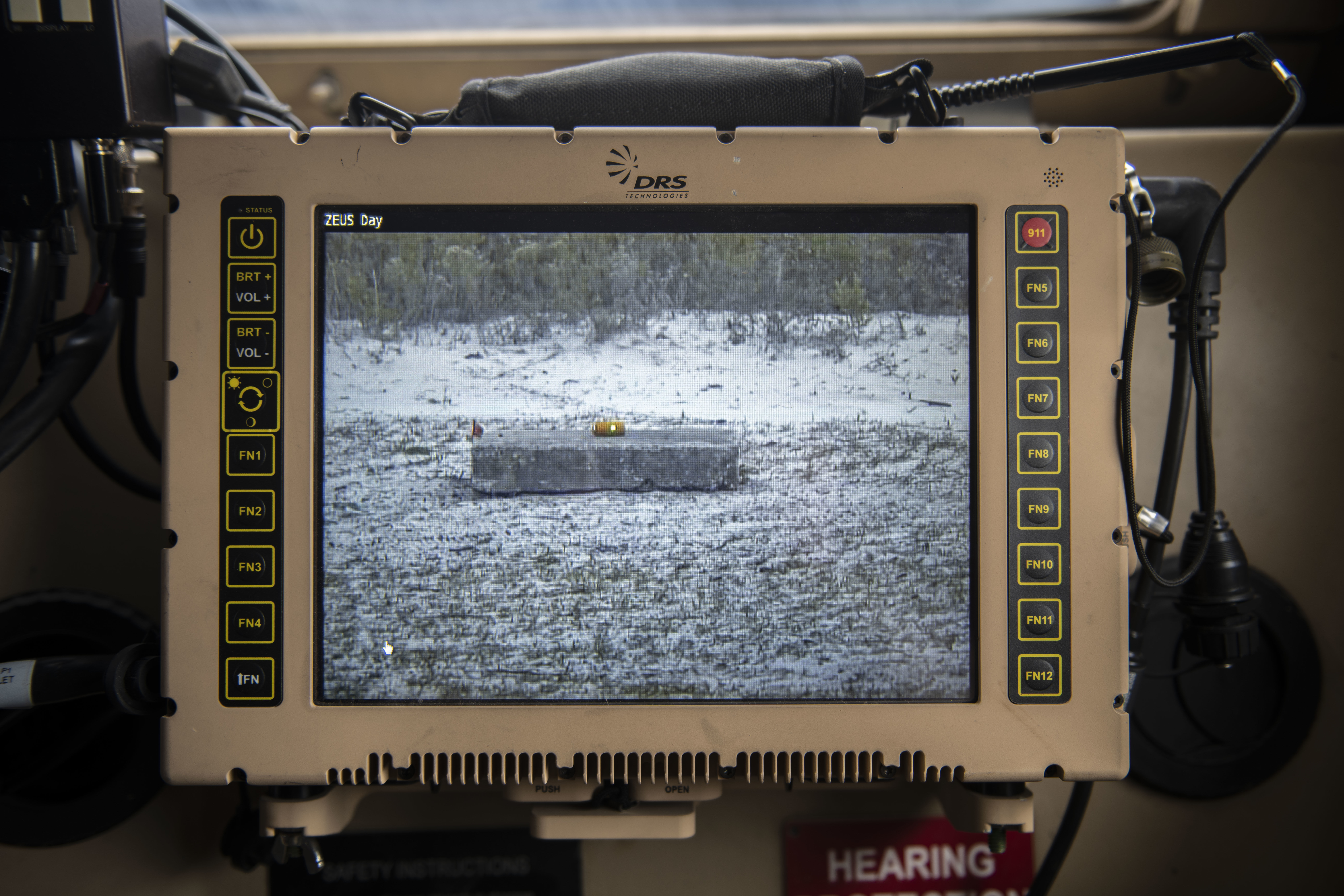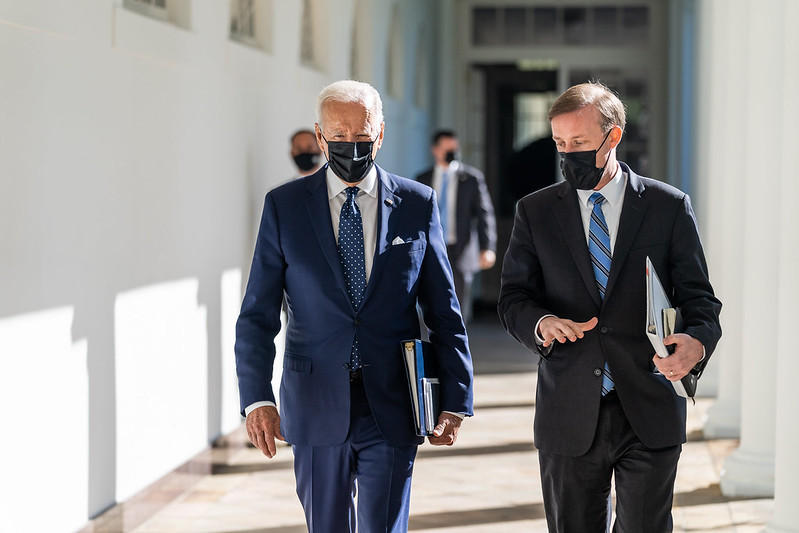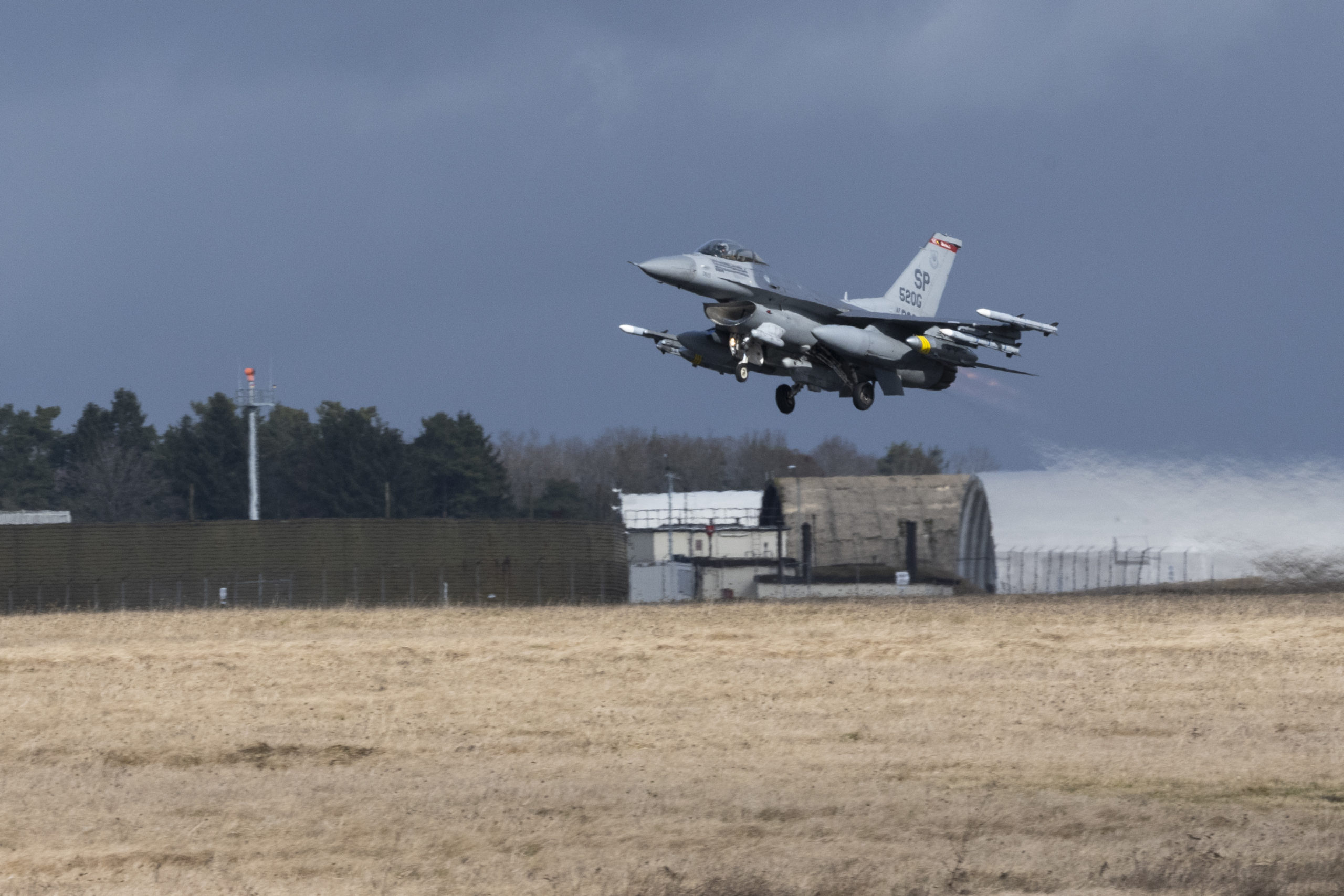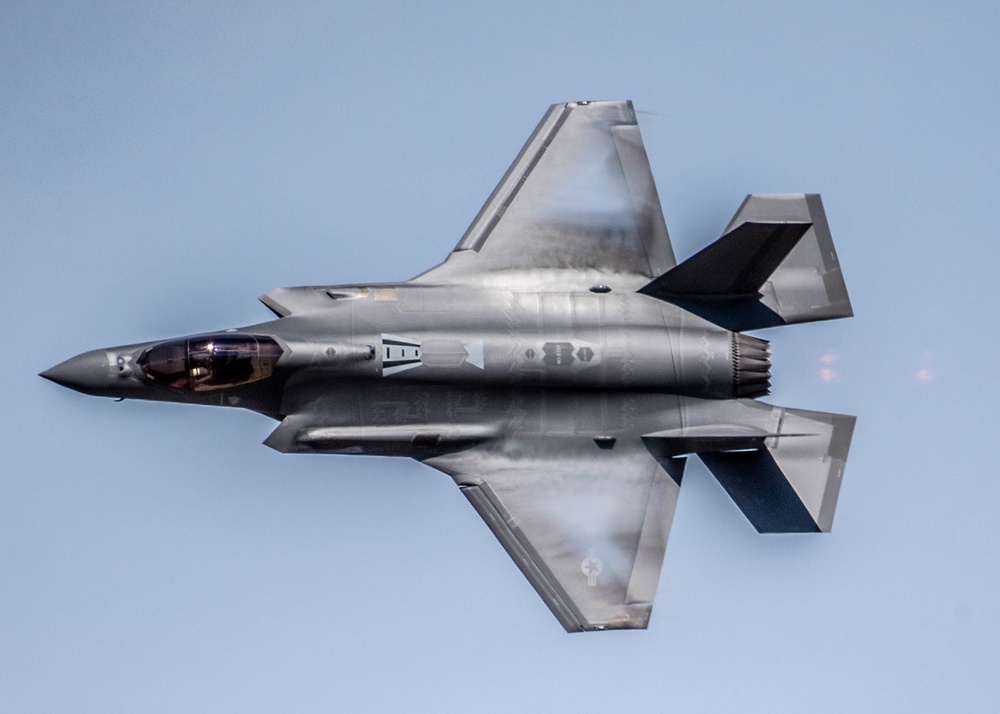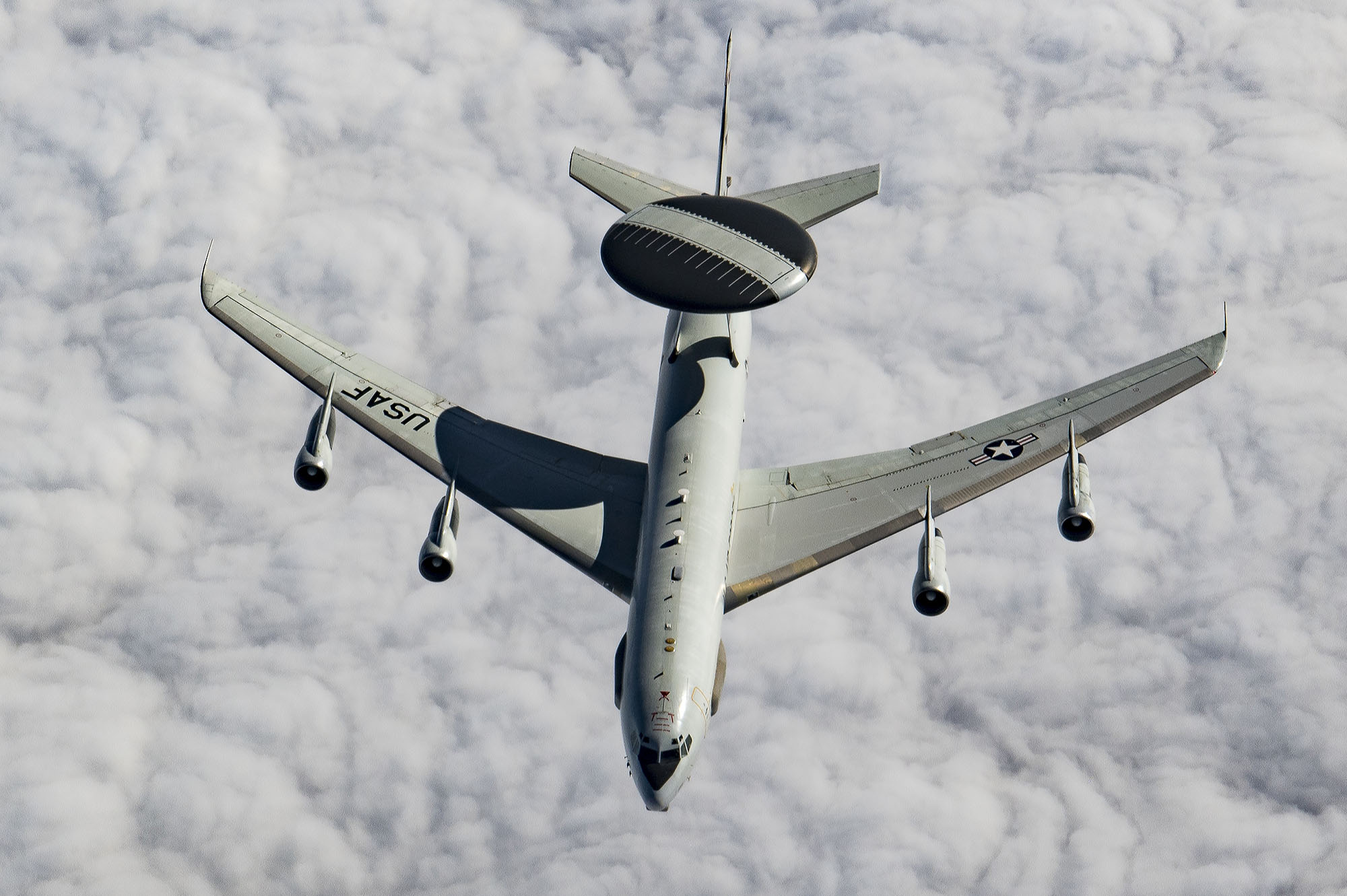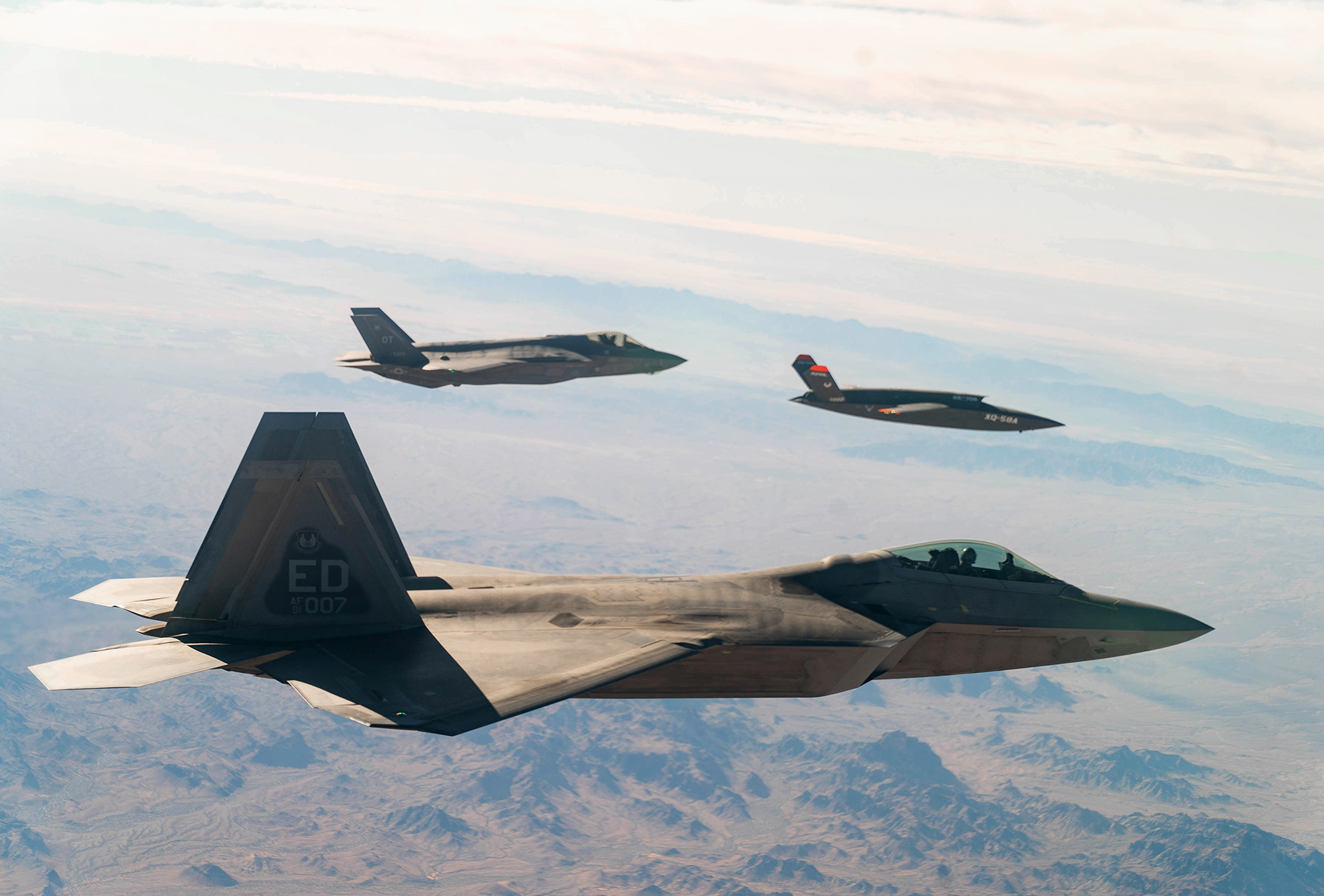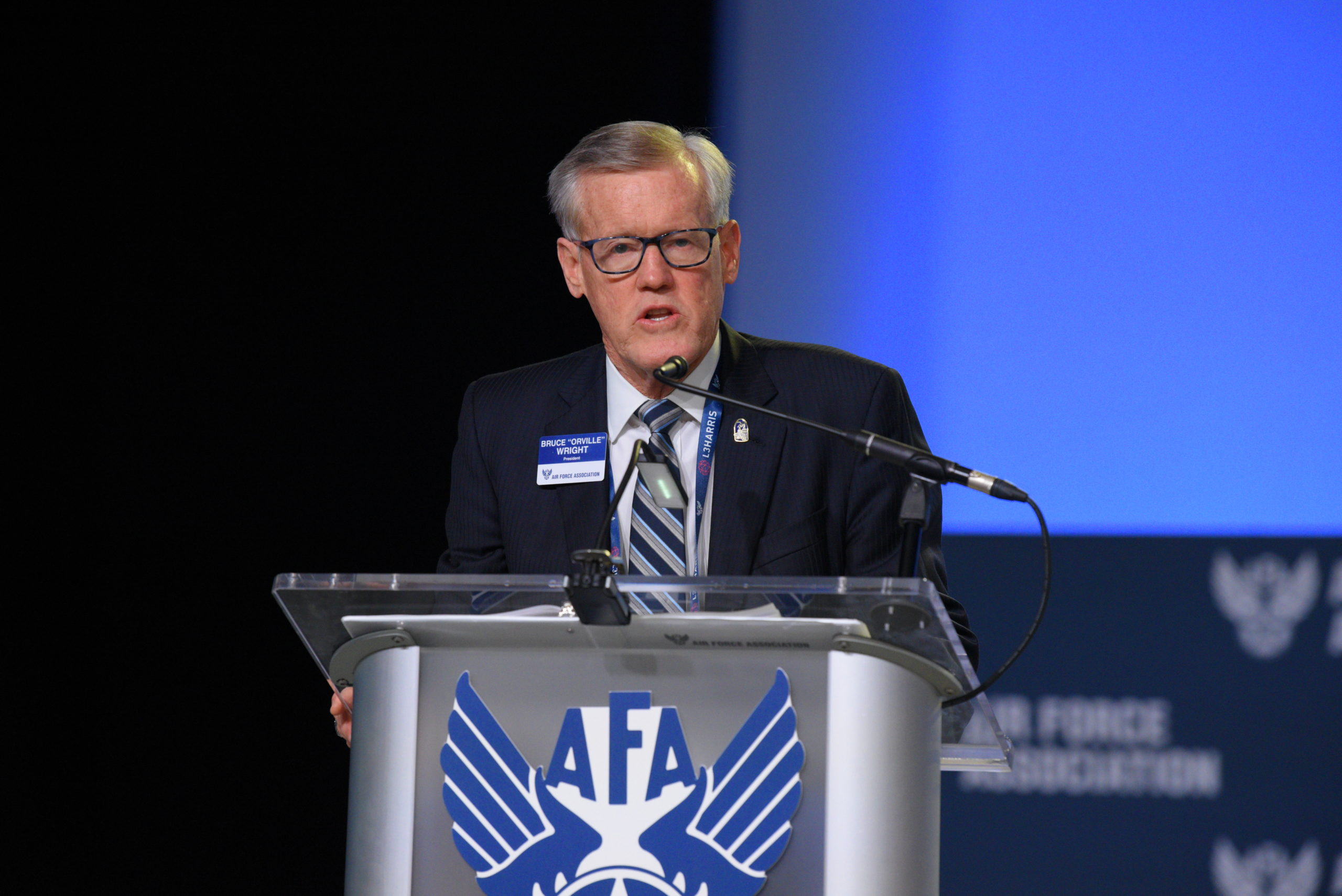The U.S. Space Force—the only military branch born in the information age—has declared itself a “digital first” service. But its leaders are still wrestling with the challenges of digital transformation and working to build a 21st century service culture, they recently told attendees at an industry conference.
“One of our biggest challenges is getting all of our folks’ heads around a new way of doing business,” said Brig. Gen. Kevin G. Whale, a Royal Canadian Air Force officer on assignment to Space Operations Command, or SpOC, to serve as deputy commanding general for transformation. Whale spoke alongside other Space Force and U.S. Space Command leaders during AFCEA’s Space Force IT Day on Feb 10 as part of a panel discussion titled “Focus and Priorities from the Field.”
SpOC is the pointy end of the Space Force spear, the service’s field command—occupying the equivalent organizational rung of a major command in the Air Force—that provides capabilities to U.S. Space Command, the unified combatant command for the battlefield beyond the atmosphere.
“Just to give you a flavor of the kind of challenges we’re working through,” Whale said, SpOC was “trying to move from old ways to new ways” in its business processes, ”transitioning from PowerPoint, quad charts, Excel, and email … to dashboard single source of truth, and … collaboration tools” such as Microsoft Teams.
At 16,000 strong, Whale pointed out, Space Force is dwarfed in size by the Air Force, which has 330,000 Active-duty Airmen and more than double that counting Guard and Reserve members and civilian employees. “We are lean,” Whale said, which makes the Space Force more adaptable.
In an earlier session, Vice Chief of Space Operations Gen. David D. Thompson even joked that his staff had “asked me what the definition of ‘lean’ is. And oftentimes they asked me to define the difference between ‘lean’ and ’emaciated.'”
For such a small service, automation is a key issue and one of the Space Force’s top use cases for artificial intelligence/machine learning (AI/ML), Whale added. “Even at a staffing level, we are lean enough that the more we can save our staff time with automated processes, we can free up their brain space to be focused on warfighting and operations,” he said.
Whale noted that by assigning one of three deputy SpOC commanders to take charge of transformation, alongside the deputies for operations and training, “our commander has chosen to carve out a team to focus on the future business,” showing his commitment to the digital first ideal.
SpOC was not alone in facing those cultural challenges, Army Col. Mike Teter, chief data officer for U.S. Space Command, told the audience in the room and online. “Our first line of effort is really about the culture and shifting that culture within the space enterprise to pull away from defaulting to emails and defaulting to quad charts,” he said.
It was “odd,” he said, that Space Command had bleeding edge networked technology on orbit “but we use a PowerPoint quad chart to describe it.”
Space Command is the warfighter employing the force presented by SpOC and other service elements, said Teter, and as such, it’s the command’s job to provide requirements to the services so they know how to train and equip their forces.
“What we are is the squeaky wheel. And we have to squeak, because if we’re not squeaking, then that leads to a vacuum for the services. And so they’re not sure what the requirements are,” he said.
But warfighters have to lay out requirements in a future-proof fashion, in a way that describes “the effects that you’re looking for” rather than any particular capabilities,” Teter said. “If I articulate based on today’s capability, by the time that’s delivered in the pipeline, it’s going to be outdated. That’s how we end up with 20-year-old technology,” Teter concluded.
The creation of a service culture was also a top line of effort for Space Training and Readiness Command, or STARCOM, the Space Force field command responsible for testing, training, doctrine, and education for the new service. Col. Aaron Gibson, the director of cyber operations for STARCOM, said the field command is asking itself, “How do we grow Guardians? How do we develop them … so they understand how they contribute to the overall fight?”
Gibson noted that the vast majority of Space Force personnel had joined from another service, and that with an average age in the early 20’s, they were digital natives.
“They came in wanting to make a difference, wanting to not be deterred by a hierarchical structure or bureaucratic process,” Gibson said. The challenge was, “How do we give them the tools and give them the access to the information to be able to make decisions at that speed of relevance to feel like they’re really making a difference? That’s really what we’re trying to get at with the Guardian experience.”
To retain the talent the service needs, the Space Force is focusing on Guardians’ experience the way technology companies focus on user experience. “It’s ultimately our responsibility to ensure that we give them the experience that they are looking for so that they can make a difference,” Gibson said.
The Guardian experience also means, “We have to train like we fight. And in order to do that, we need realistic high fidelity environments,” he said.
And, to train like we fight, those environments will have to include private-sector partners: “You need to have a common environment that everybody can operate off of. We cannot do live virtual constructive training in individual silo environments that are not connected,” Gibson said.
Partnership on commercial satellite communication services was already being taken to the next level by SpOC, Whale said. “At the combined space ops center at Vandenberg [Space Force Base, Calif.], we have a Commercial Integration Cell … with half a dozen or more SATCOM partners [who] have a representative on the operations floor.”
The setup enables commercial SATCOM providers and SpOC commanders to check in with each other in real time about emerging concerns or threats, and Whale predicted it would prove to be a model for other elements of the Space Force. “So that level of integration is just going to keep growing. And I think you’ll see that Commercial Integration Cell concept expanded to some of our other other missions,” he said.

